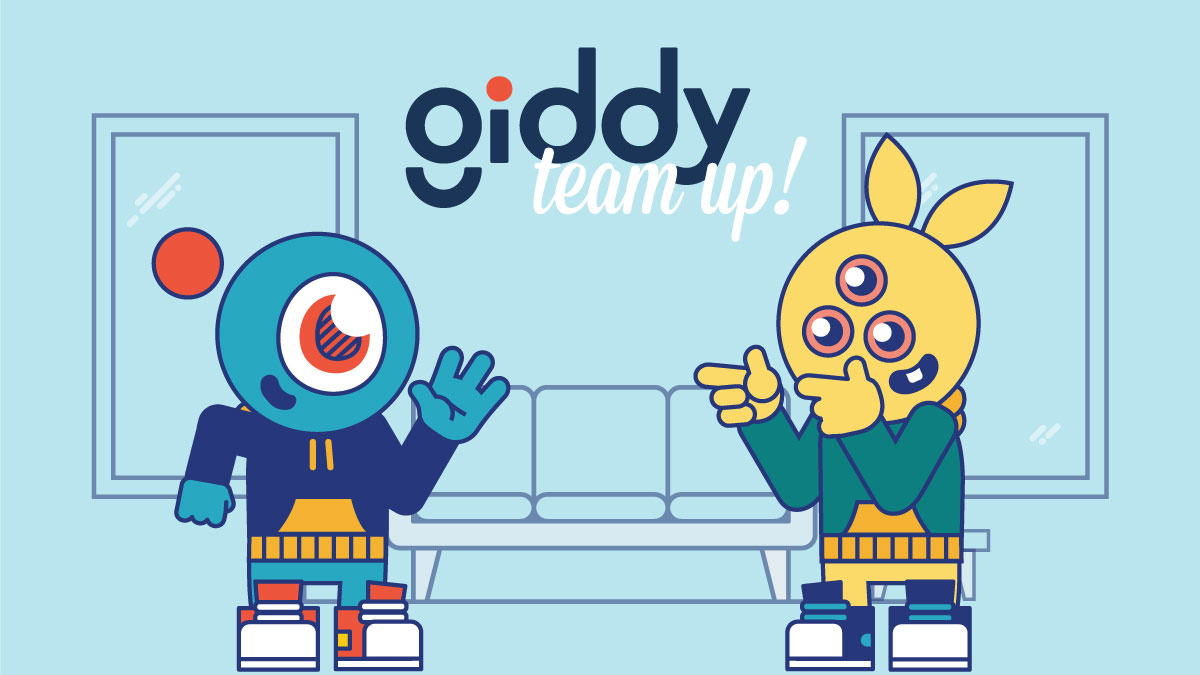The Challenge: Finding Digital Gold in Cooking Content
In 2019, I was leading product experience within GEA’s innovation department. My team was a small, agile team of six senior professionals exploring digital monetization developing 0-1 initiatives. The process of operating was in 18-24 month cycles; through discovery, early definition and finally finding fit. The team had quarterly checkins with our key stakeholders to evaluate progress and map out the next quarter’s plans.
The CEO gave our team an ambitious but vague mandate: “explore the Peloton of cooking.” The stakes were clear: within 12 months prove digital monetization was viable, with the primary goal of self-sufficient revenue, around $200k.
In this case study, I’ll explore my work on the Chibo project (pronounced chee-bo), a live streaming platform for content creators to lead instructional courses. Our business goal was to discover and realize new streams of revenue from completely digital experiences. I’ll be walking through the process of discovering a way forward through ambiguity to discover opportunities in a seemingly crowded space. I’ll also cover defining the crucial features, setbacks in the development process that led to better experiences, and then realizing success through leveraging gaps in the content-creation space.
Key Stakeholders

CEO
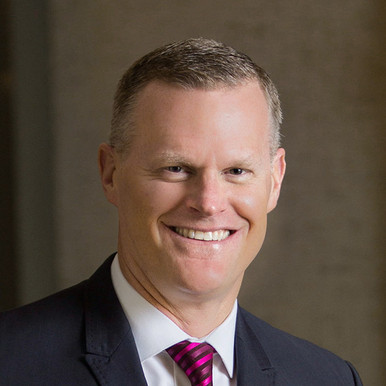
CMO

VP Finance
Project Team

Product

Engineering

Engineering

Marketing
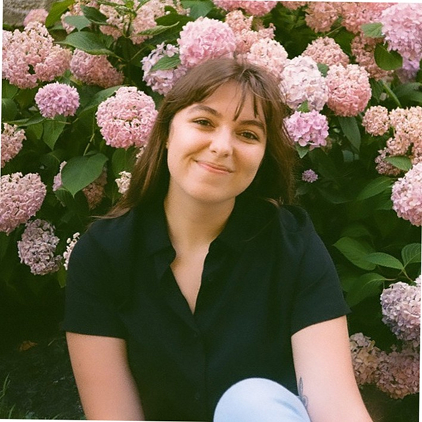
Design
My Responsibilities
- Led design strategy and product vision
- Directed UX research initiatives and user testing, both for creatred surveys and qualitative questionnaires
- Prioritization and overall design concept creation, validation and prioritization
- Communicated progress and clarification as well as design highlights with C-level stakeholders
- Led live production, filming, moderation and format development
- Provided technology assistance, testing and onboarding of all content creators
Measuring for Success
Success was always measured in two key areas: revenue growth evaluated quarter over quarter, and engagement measured through NPS scores and repeated user participation rates. Each month I would prepare our metrics and work closely with Taylor to frame the quarterly discussion with our stakeholders. These sessions kept us focused and driven toward building and testing our assumptions fast and often.
The team and I were committed to validating our assumptions as quickly as possible. The first major effort was discovering open opportunities in the digital cooking space. Cooking content as a category is crowded with content, apps, platforms. It was important that we, as a team, moved as quickly as possible through the existing space. Early on, we decided on an agile method for testing assumptions, features and ideas with weekly sprints ending on Friday mornings with a debrief and structuring next week’s efforts. Our sprints in the first 3 months were weekly and then, once we had a clearer vision, adjusted as needed for the level of effort the project needed.
Process Overview
|A visual representation of our design and development process, showing the key stages and milestones
Discovery: Why Live Streaming Made Sense
The first sprint was solely focused on discovery and research of the existing space. Each person on the team selected an area of digital cooking to explore and report on. With my experience in video and live-streaming, I researched platforms like Twitch and Youtube content, both edited and live streamed. I learned that edited cooking content was everywhere, but almost no content creators were focused solely on live-streaming cooking. As I led our team met through that week’s research debrief, the idea of a digital version of in-person cooking classes started to take shape, but it was still untested.
The next sprint I structured way to test live cooking using Google Meet and we experienced a breakthrough cooking together. We discovered something unexpected: cooking simultaneously with others was genuinely fun, even through a screen. This experience overcame the barriers of existing recipe content; the need for time, questions, slowing down, or getting clarification. Pre-recorded content simply was made to cook along with, it was made to consume.
This insight led me to become a strong advocate early on for live cooking as an experience. It drove immediacy, was monetizable, and I knew from live platforms like Twitch that people were drawn to real-time video. It also modeled an already established pattern of behavior through cooking classes.
Building the MVP: From Google Meet to Custom Platform
Over the next month of sprints, I began leading the team through experiments of cooking together, first using Google Meet with a local chef each Thursday. From these experiments, I developed a live cooking format that enabled real-time cooking. I established production standards for lighting, audio and video, created a content schedule with weekly sessions featuring trained local chefs, developed a live stream pacing guide for chefs to follow, and secured locations at a GEA venue.
Brand & Simple Design System
We followed an agile process with two-week sprints. My junior designer worked up a logo and style-tile, and I used that to build out the first, basic desgin system of colors, type and buttons. With that, we got up and running selling tickets via Wix, offering free reservations to test demand without engineering investment.
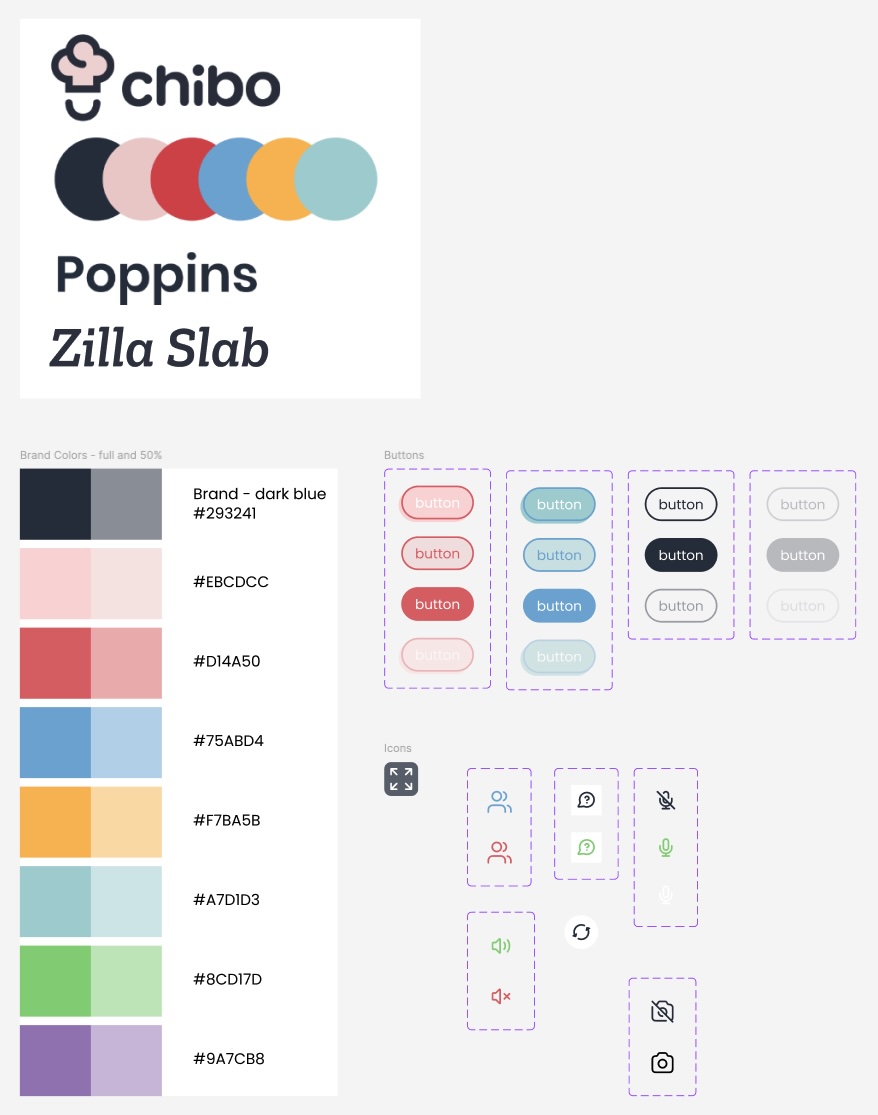
I invited coworkers, relatives and GEA employees to fill classes, and we held weekly review sessions to capture learnings.
The early feedback was promising, but I observed a critical problem: chefs constantly asked for feedback but rarely got responses. When they did, multiple people talking simultaneously created chaos.
I developed qualitative research with in-home observation and 15 minute interviews to discover highs and lows and overall impressions from the live experience. From this research, I developed a participant journey through the live session experience. I also developeda short survey sent to participants after each session to measure content engagement.
I also worked with Arry to quickly map out brand and a basic design system for the platform. Working with our engineer, I designed a platform with two distinct interfaces; host and participant. Within three sprints, we had developed a working prototype from the designs. The prototype included a simple host view to show current stream and participant list, and a participant view interface with minimal UI that prioritized clear audio with high resolution video.
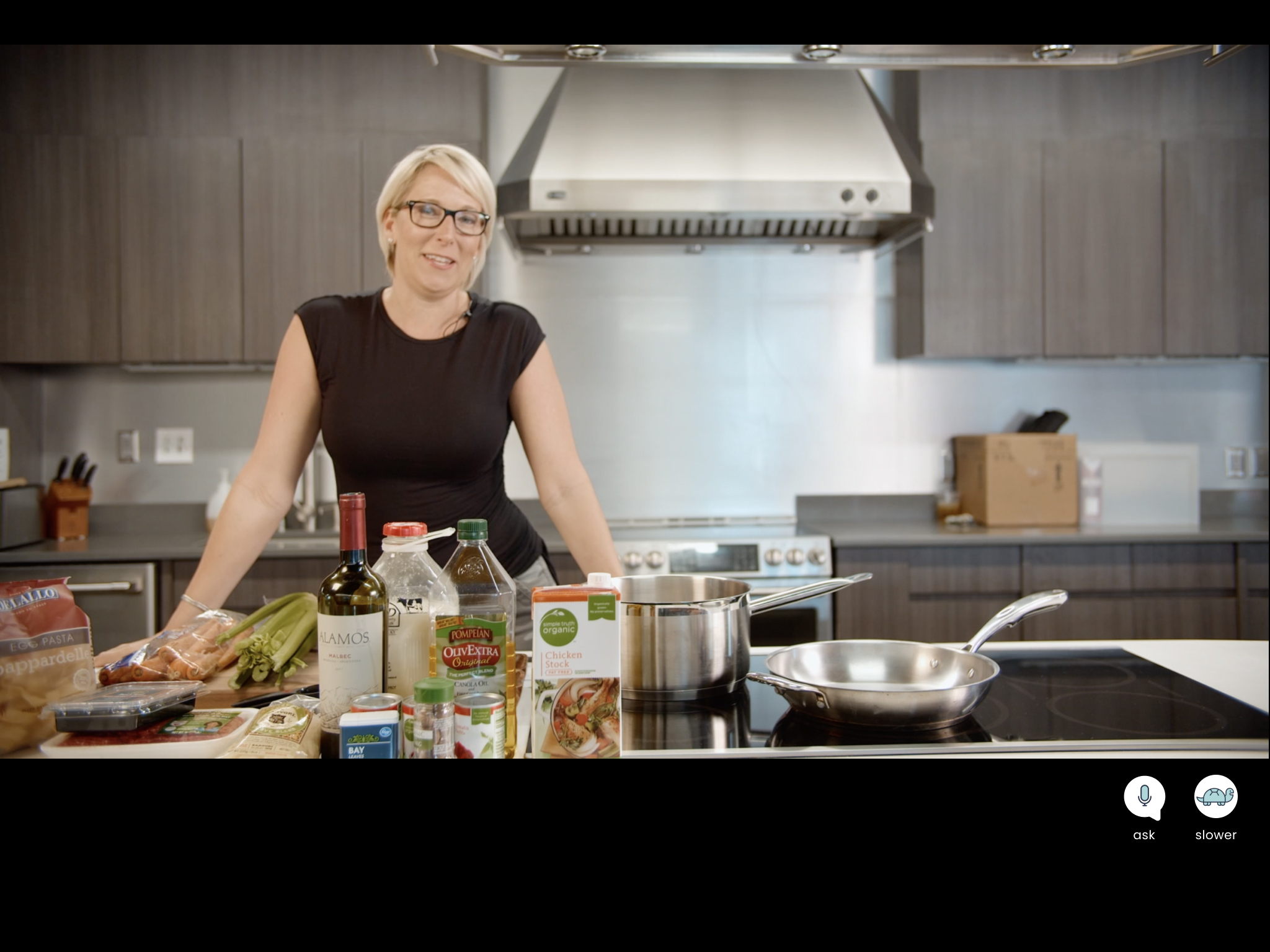
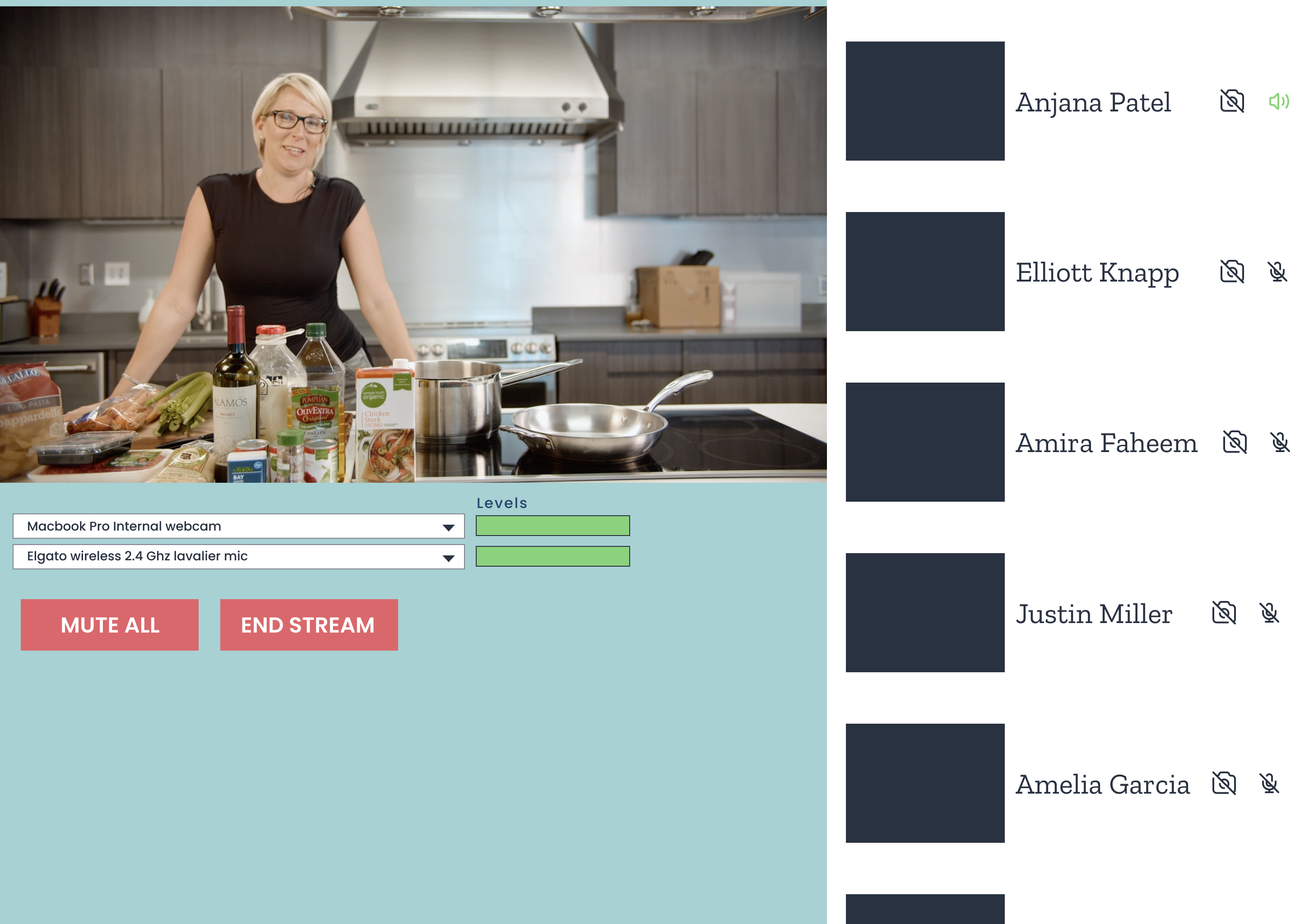
Gathering Participant Feedback
Based on my observations during our weekly sessions, we needed features that would encourage participant engagement. After watching our chefs constantly ask for feedback but get no response, I developed a ‘slow down’ button feature. Quinton also enabled real-time typed recipe steps, modeling the experience from navigation apps like Apple Maps.
The MVP was enough to begin testing our content in the broader market with paying customers. I first brainstormed content ideas that would be most compelling with my chef and then worked closely with Abbi to develop the personas to tarket with social media ads. The first paid session was launched and we got our first paying customers for a $10 live cooking class for Thai Masuman Curry. Our target for this session was to stress test the platform with at least 25 participants.
"Do I have to keep my camera on? My kitchen is kind of messy and I don't want others to see."— Cindy
"I loved being able to make the empanadas! It was a little hard for me, but so worth it"— Emi
"When I join, I automatically turn off my camera. I just don't know anyone in here."— Laura
"I never would have even tried to make the salmon dish. This kind of thing was waaaay better with the chef helping me."— Sean
"It was so simple to get help when I was stuck making the risotto."— Eric
From Setbacks to Opportunities
Our first paid class was an unmitigated disaster. We sold enough tickets to fill the 25 participants slots, but through the entire session, network lag, unexpected crashes and participants unabled to rejoin forced us to refund all the sales and rethink our approach.
I had modeled the Chibo platform after popular video meeting services with a large, high-bitrate HD video stream from the host and smaller, more compressed participant video. It was simply too much for our servers and our compression algorithm to handle. We didn’t have the resources to invest in more robust compression or to research optimizing multi-streams of live video.
In addition, user research revealed a problem I hadn’t anticipated; people didn’t like having their camera on. Despite positive feedback about the content, people hated being on camera. User feedback consistently rated it negatively on our product experience NPS, with qualitative feedback describing it as “too invasive.” People didn’t want strangers seeing “their messy kitchen.”
After the sprint post-mortem, I spent the weekend trying to find the right way forward. I experience a breakthrough as I tested cooking with my then 10-yr old daughter with a recording of our chef teaching how to cook bolognese. I loaded up the video and let her do all the work while I observed and ask simple questions. I learned that she relied more on the audio for the instructions, reviewing the video to match her work to the chef’s. I acted as the chef proxy as she asked questions, but she really only needed voice to ask those questions. Having video was just an obstruction.
With this new insight in hand, I met with the team and we discussed stripping out the participant video in the next sprint and testing just enabling live audio questions. I added one additional feature, a queue and timer to limit questions to 60 seconds and we launched the next test in the next sprint with another paid session.
Intial Market Fit
The next session was a success with over 45 participants paying to join our chef and learn how to make Mexican style empanadas. The experience of audio only went better than expected, with our NPS score for that week above 90%.
With this fit reached, our team continued our sprint process, but extended the design and development sprint to 2 weeks to enable adding recipe steps and ingredients and improving the polish on the participant and host views.
The marketing team was finding more and more willing participants and our Instagram audience and our email list of new participants as growing, but not fast enough to realize the annual revenue target.
Scaling Through Content Creators
By late 2019, our two in-house chefs had proven the value of the experience, but at only one session a week, we wouldn’t generate the growth we needed. I developed a content creator strategy and worked with the growth leader to execute the plan. We established a follower threshold of 50k-80k followers, targeting creators with strong followings who weren’t realizing significant monetary value from content. We also set an engagement threshold of 4% average engagement across their posts—large enough for reach, small enough to need additional revenue.
The content creators did the marjority of session marketing which Abbi augmented relying mainly on email and Instagram promotions. The platform enabled direct monetization of content, with content creators setting their own prices. My initial plan was to fly creators to our studio and host them from our location for their first session, then I would help them setup and stream from their own locations. This would provide them the best possible situation for their first experience and then support them virtually for future sessions.
Nine creators agreed to our pilot. I personally ran their first sessions, troubleshooting equipment and moderating their streams. Seven of the 10 creators sold out their sessions within the first 24hrs of posting. These results convinced me we had found our growth engine.
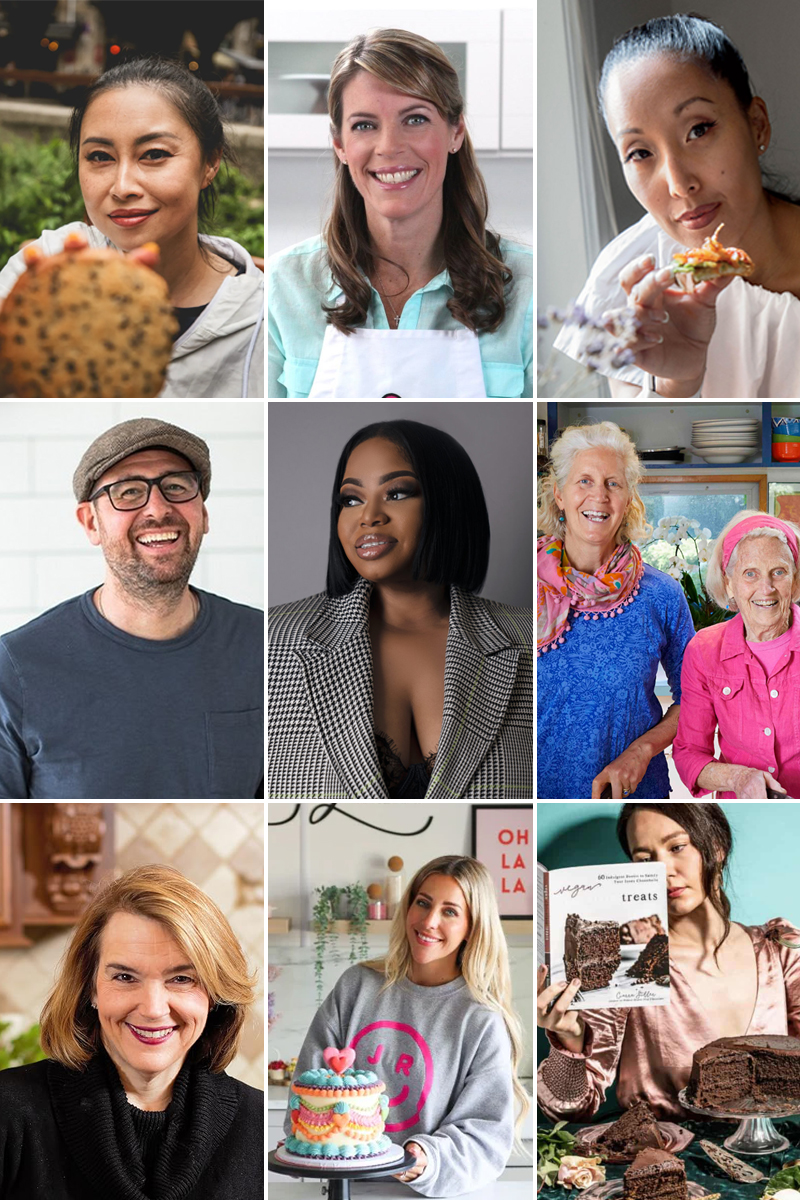
The COVID Acceleration: Crisis Becomes Opportunity
March 2020 could have ended Chibo. We had selected and started working with the first 10 creators when COVID hit. Instead, it became our breakout moment.
I quickly adapted our plans to work remotely with them through video conferencing and developed simple tech packages with two levels: mobile device plus laptop for basic setups, and cameras plus laptop for advanced users.
COVID also created a huge opportunity for growth. People were stuck inside looking for unique experiences, which meant we had to scale much more quickly. We grew from 10 content creators to 50 within six weeks. Our growth leader shifted focus to just attracting content creators, while I focused on working directly with the creators to ensure they had the best experience possible. I sent basic equipment, tested with them, and moderated streams, spending many long nights making sure their sessions were successful.
I was working to develop additional hosting features as i spent time with these content creators. Over the next 2 sprints, Quinton and I added multi-camera and audieo controls and host controls for moving throught the recipe steps. Myles, my back-end engineer also added in cached recordings, opening a new revenue stream for our content creators.
The timing was perfect—people stuck at home wanted unique experiences, and creators needed new revenue sources. During this period, I also opened up recordings for sale, which became hugely successful. This idea came from content creators’ comments on social media about wanting to revisit the sessions. Recordings became our unexpected revenue driver, generating 10 times more than live ticket sales.
The final platform could manage participants up to 200 people per session, with our most successful hosts earning $40-60k monthly from live classes and recorded sessions.
Results: From Experiment to Business Unit
Quantitative Impact:
The platform grew our email list from 800 people to 62,000 subscribers. Our most successful hosts were running two classes per month with recorded sessions for sale, making $40-$60k per month. In the first 12 months of the full version, we made $386K and were on track for $1.5M in the first 24 months without any additional personnel. We achieved 70+ NPS scores with average customers buying 3+ classes.

Strategic Impact: We established a tentative partnership with Albertson’s, who was looking to build more digital engagment. The success led to scaling up to a full, on-campus live stream studio hosting GE Appliances’ branded content with much larger brand ambassadors and influencers. The initiative grew from our team to becoming the brand teams’s in partnership with GEA’s cooking division.
What I Learned About Leading Innovation
Looking back, I would have brought our brand teams in earlier. I would have done more to keep them informed and run some early tests when we were marketing our first paid sessions. I could have realized more brand value and deeper integration with core teams. I was able to introduce our more successful content creators to the brand teams, which proved valuable for both sides.
The biggest lesson was about stakeholder management and defending strategic pivots. When user research contradicted our original vision, I had to convince skeptical executives that changing direction showed strength, not weakness. The early investment in two-way video taught me to validate assumptions faster—the feature that seemed most innovative proved most problematic.
The project taught me the importance of rapid iteration and user feedback in shaping product direction. The biggest technical and user experience insights came from direct observation and testing, not from initial assumptions. The COVID pivot, while challenging, demonstrated how external constraints can accelerate innovation and reveal new opportunities.
The Chibo project proved that with the right combination of user insight, technical execution, and strategic pivoting, even traditional manufacturers can create successful digital experiences. More importantly, it demonstrated that the best innovations often emerge not from initial concepts, but from how you adapt when reality challenges your assumptions.
Giddy Teamup
